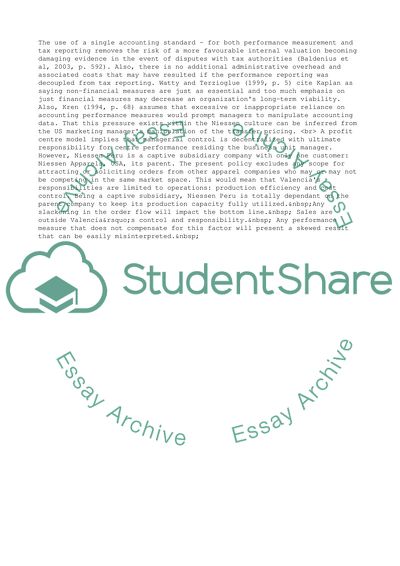Cite this document
(“Performance Evaluation Assignment Example | Topics and Well Written Essays - 2000 words”, n.d.)
Performance Evaluation Assignment Example | Topics and Well Written Essays - 2000 words. Retrieved from https://studentshare.org/business/1517803-performance-evaluation
Performance Evaluation Assignment Example | Topics and Well Written Essays - 2000 words. Retrieved from https://studentshare.org/business/1517803-performance-evaluation
(Performance Evaluation Assignment Example | Topics and Well Written Essays - 2000 Words)
Performance Evaluation Assignment Example | Topics and Well Written Essays - 2000 Words. https://studentshare.org/business/1517803-performance-evaluation.
Performance Evaluation Assignment Example | Topics and Well Written Essays - 2000 Words. https://studentshare.org/business/1517803-performance-evaluation.
“Performance Evaluation Assignment Example | Topics and Well Written Essays - 2000 Words”, n.d. https://studentshare.org/business/1517803-performance-evaluation.


